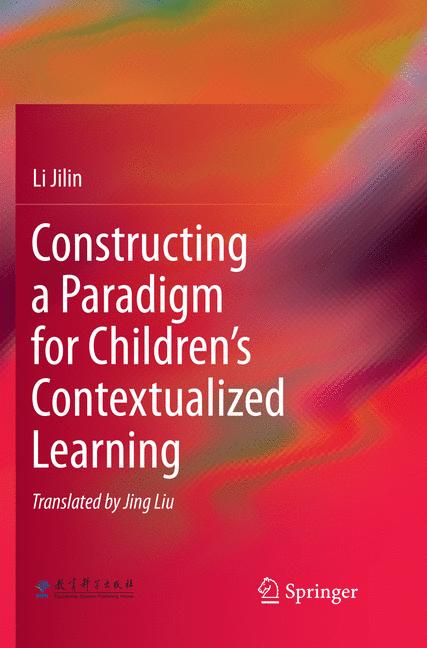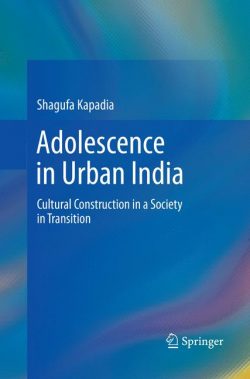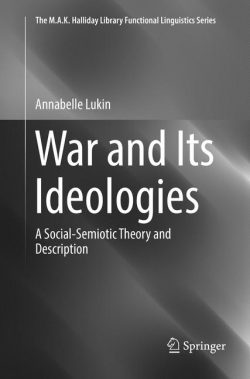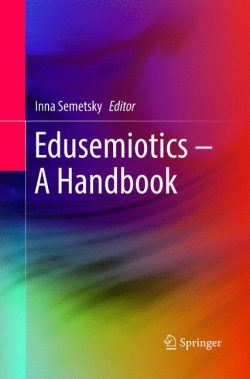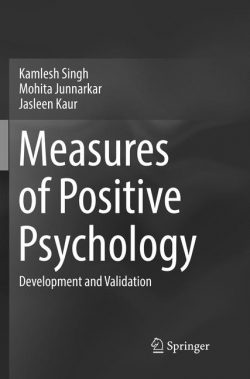This book focuses on summarizing four elements from the classic Chinese literary theory: truth, beauty, emotion and imagination. Based on the latest findings from learning sciences and brain science, it elaborates on the reasons for creating contexts in language teaching. It also shows how the aesthetical theories can be used to nurture contextualized instruction and presents six major approaches for creating contexts: creating contexts with real objects, representing contexts with pictures, evoking contexts with music, experiencing contexts with acting, unfolding contexts with real life, and describing contexts with languages. The author is a practitioner with over 30 years of practical research experience and all their studies are discussed in this book. Insight from Contextualized Learning of Foreign Languages.- Guidance from Chinese Culture: Linking Learning with Life.- Expanding from Contextualized Teaching to Contextualized Education.- Far-reaching Impact Brought by National Academic Seminars.- Contextualized Learning Spreads to Cities, Villages, Hongkong and Other Parts of the World.- Improving Theoretical Framework for Children’s Contextualized Learning.- Support for Contextualized Learning from New Findings of Brain Science.- Forming the school of contextualized education.- Random Thoughts on Completing the Final Draft.
Li Jilin is a respected Chinese educator, the founder of Chinese contextualized education, professor emeritus and a special class teacher from Jiangsu Province. She is currently the director of Jiangsu Institute of Situation Education, and a consultant for the “National Medium and Long-term Education Reform and Development Plan”. She is also a member of the China National Committee of Experts on Teaching Materials.
She started studying and researching children’s contextualized learning in 1978. Over more than thirty years, the theory and application evolved from children’s first language learning and constructing a contextualized learning paradigm, to a contextualized curriculum and a practical system. Elements of ancient Chinese literary theory are integrated in current educational work, and combined with advanced, modern education theories. She offers a unique educational proposition, which unites the cognition and emotion in finely tuned ways. With Chinese cultural traits and a spirit of the times, it mobilizes children to learn. Li Jilin’s Collected Works were published in 8 volumes in May 2006. She also has published more than 200 papers and led 5 research projects that have won first prizes for National Outstanding Achievements in Education from the Chinese Ministry of Education. In 2011, she was named a national model for educators. In 2014, she won the only special personal award of the First National Award for Teaching Achievement in Basic Education.
She has participated in various academic conferences, such as the International Symposium on Constructivism and Curriculum Reform, the International Forum of Principals, the 2004 International Symposium on the Heritage and Reform of Sukhomlinski’s Educational Thoughts. The International Forum on Li Jilin Contextualized Education was held in 2008, which introduced Chinese educators to the world. In 2014, the American National Science Foundation (NSF), Organization for Economic Co-operation and Development (OECD), United Nations Educational, Scientific and Cultural Organization (UNESCO) and the East China Normal University jointly organized the International Conference on Learning Science, where Li Jilin was invited to make the keynote speech and communicate with learning experts from all around the world.
This book focuses on summarizing four elements from the classic Chinese literary theory: truth, beauty, emotion and imagination. Based on the latest findings from learning sciences and brain science, it elaborates on the reasons for creating contexts in language teaching. It also shows how the aesthetical theories can be used to nurture contextualized instruction and presents six major approaches for creating contexts: creating contexts with real objects, representing contexts with pictures, evoking contexts with music, experiencing contexts with acting, unfolding contexts with real life, and describing contexts with languages. The author is a practitioner with over 30 years of practical research experience and all their studies are discussed in this book.

